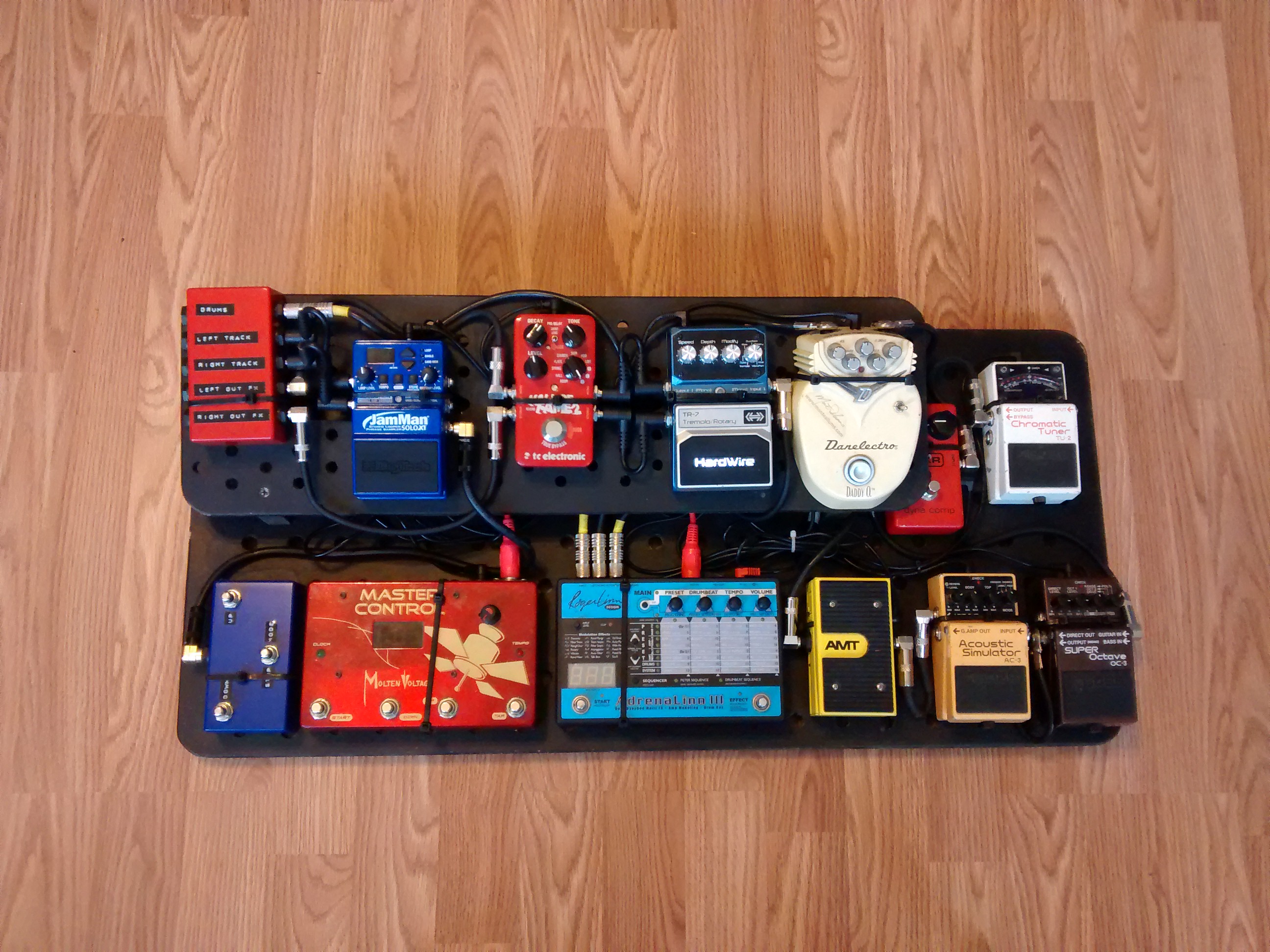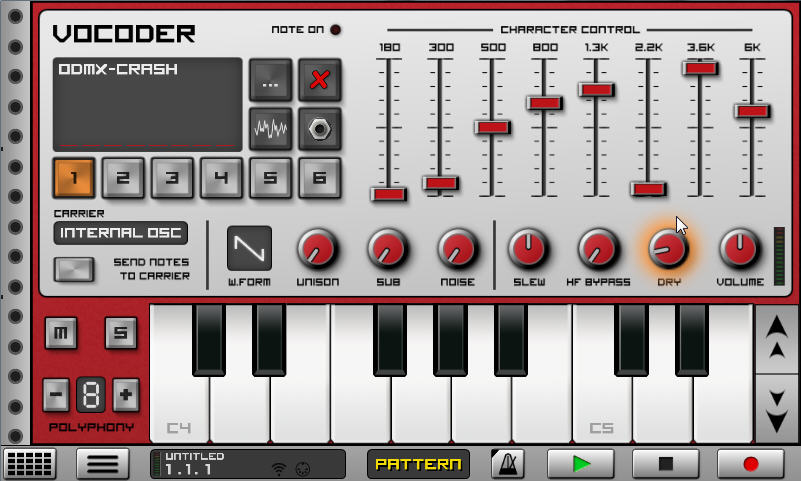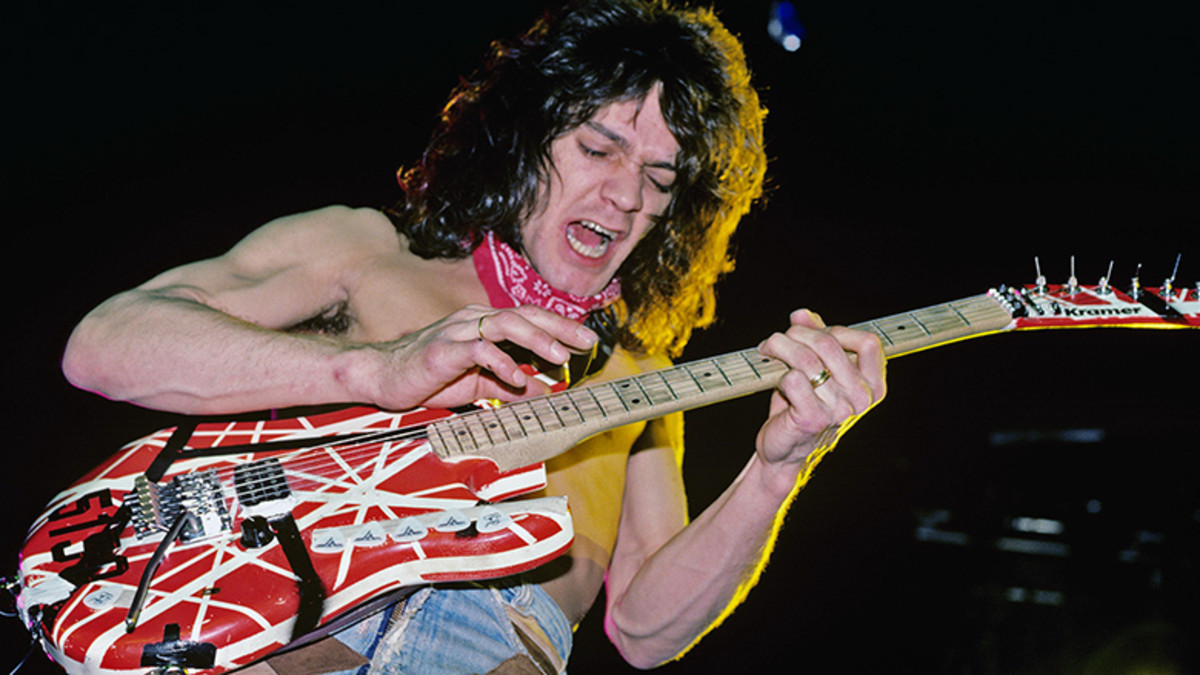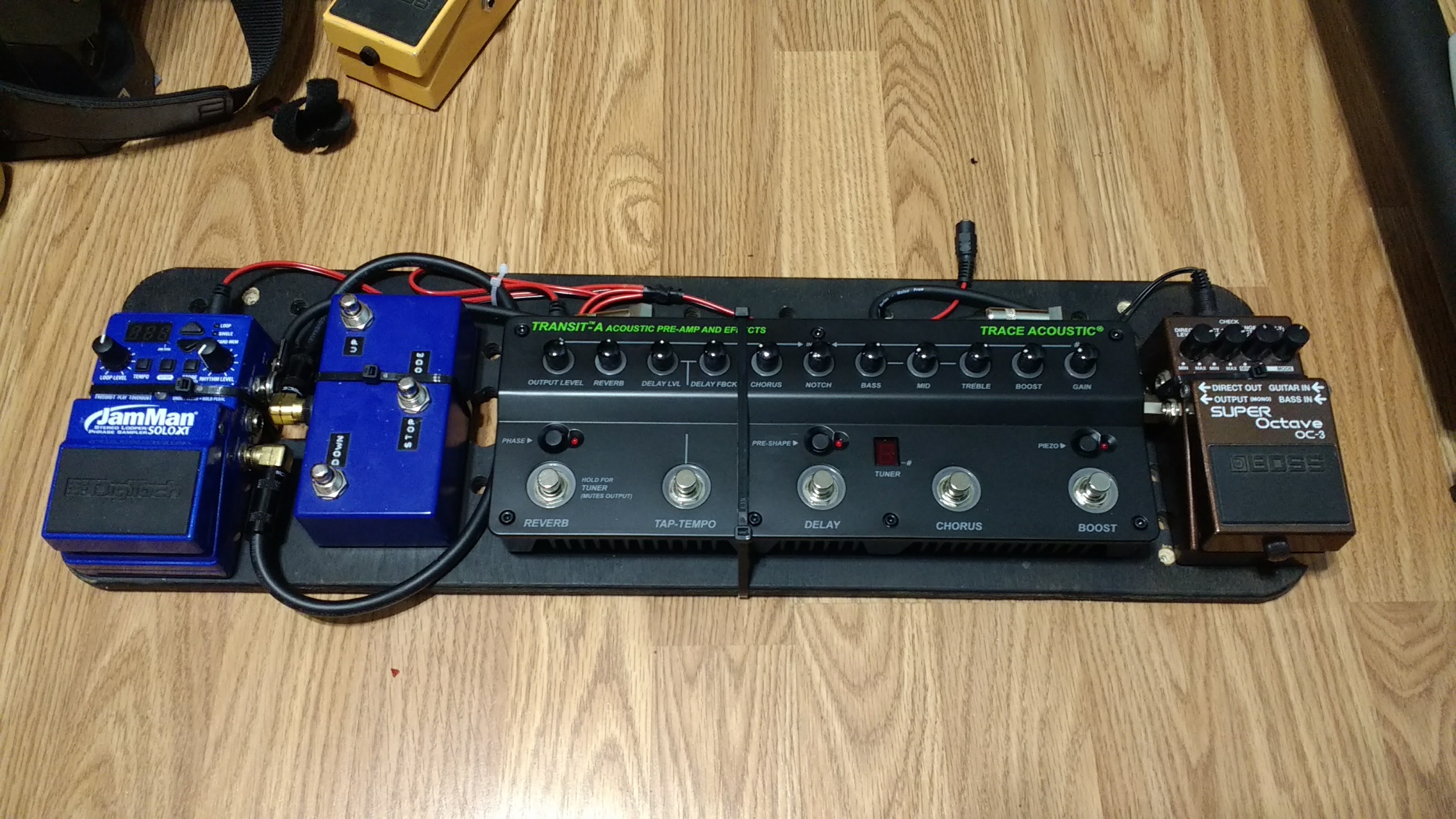How Minimal is Minimal?
I’ve been seriously debating on whether I want to dump money into an actual professional guitar pedalboard. I mean… I could make one and hack together a case for it. It would take me a couple of hours and $20 worth of plywood. But you know, I’m kind of wanting something a little more polished, something sturdier, something that I won’t have to compromise on. Something big enough that I can run both my electric and acoustic guitars through.
If I go with a professional board, I could mount the compressor, PSU, and a few other things underneath. I wouldn’t use velcro, I can use zip ties. It would require making more patch cables, and so on… probably (with an added couple of pedals) around $600. That’s a LOT of money. More than halfway to Helix/GT1000/Headrush teritory.
Granted, I think it would be extremely convenient, and would able to do pretty much anything I want. Flexibility and portability are always my main two concerns. Assuming I can stuff a couple of pedals underneath, I should be able to make that do what I want.
But again, I have to decide whether I should drop another couple hundred dollars into a setup to do more than it already does. Technically, a board doesn’t *do* anything other than make the pedals and stuff easy to carry and use. Is that sort of functionality worth hundreds of dollars to me, as a pseudo-minimalist?
Or would I be better served with just getting a single multi-fx unit, like a Line 6 Helix LT, or a Boss GT-1000, or a Headrush Pedalboard? They’re $800! But… they’re all in one piece. Built-in direct boxes, flexible routing, and no board or patch cables required.
Theoretically, if I sold all my pedals, I could mostly offset the gargantuan cost of one of these units. But I would only do that if it could do everything that my current board does, and also what I want it to do!
So which is more minimal: Having one piece of expensive gear that does everything you need, or adding complication and cost to what you already have to do what you want? Continue reading “Pedalboard Musings”










